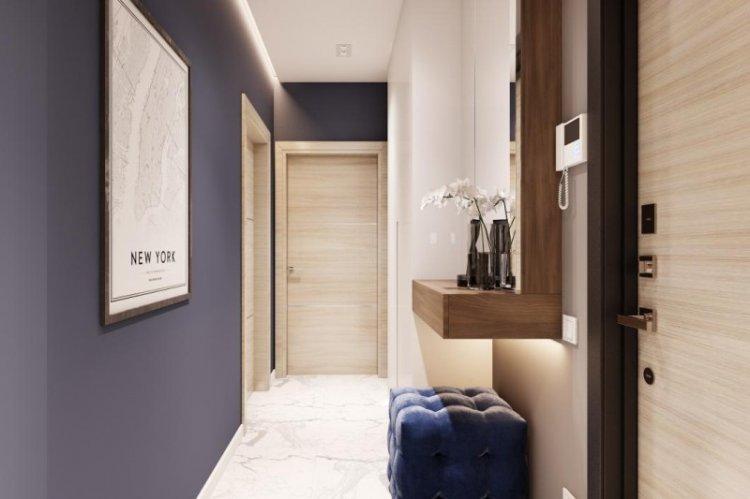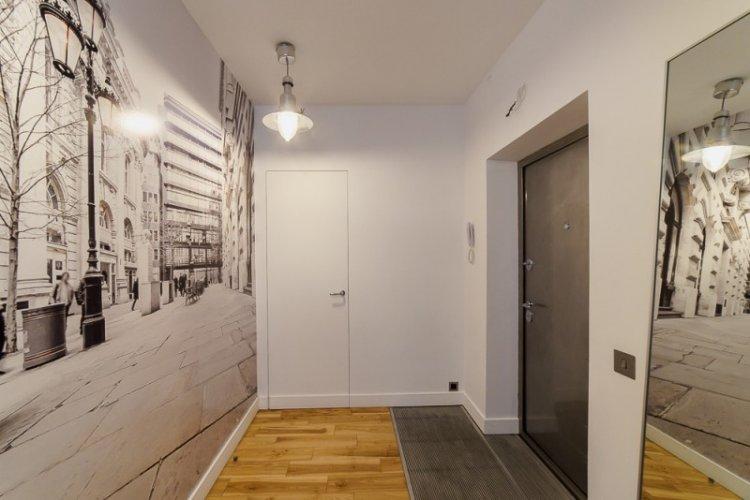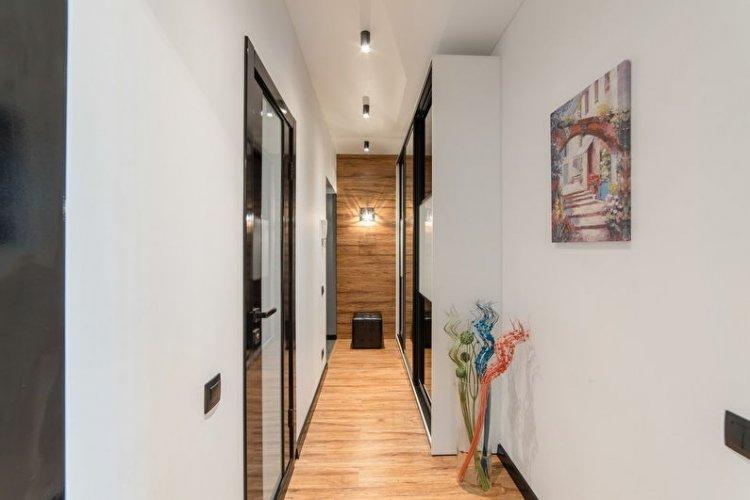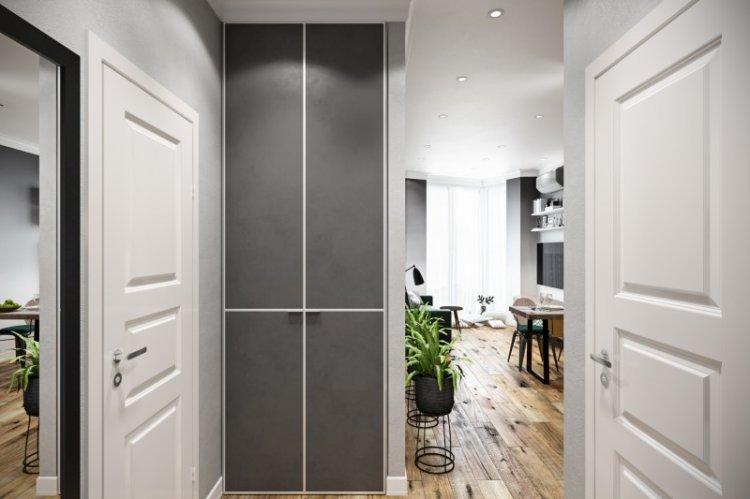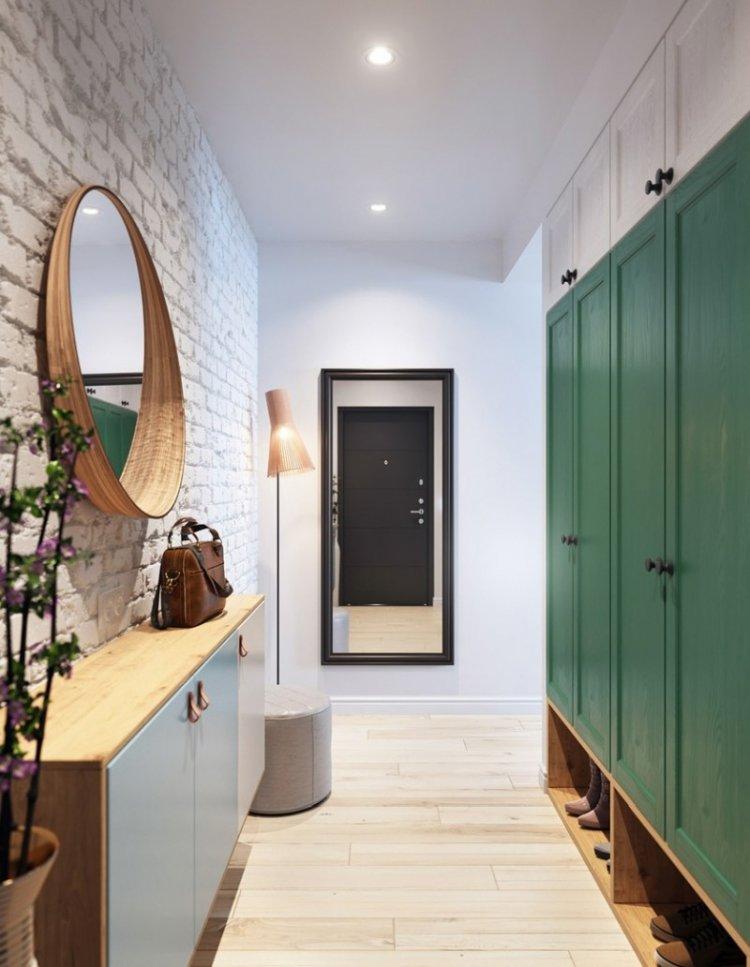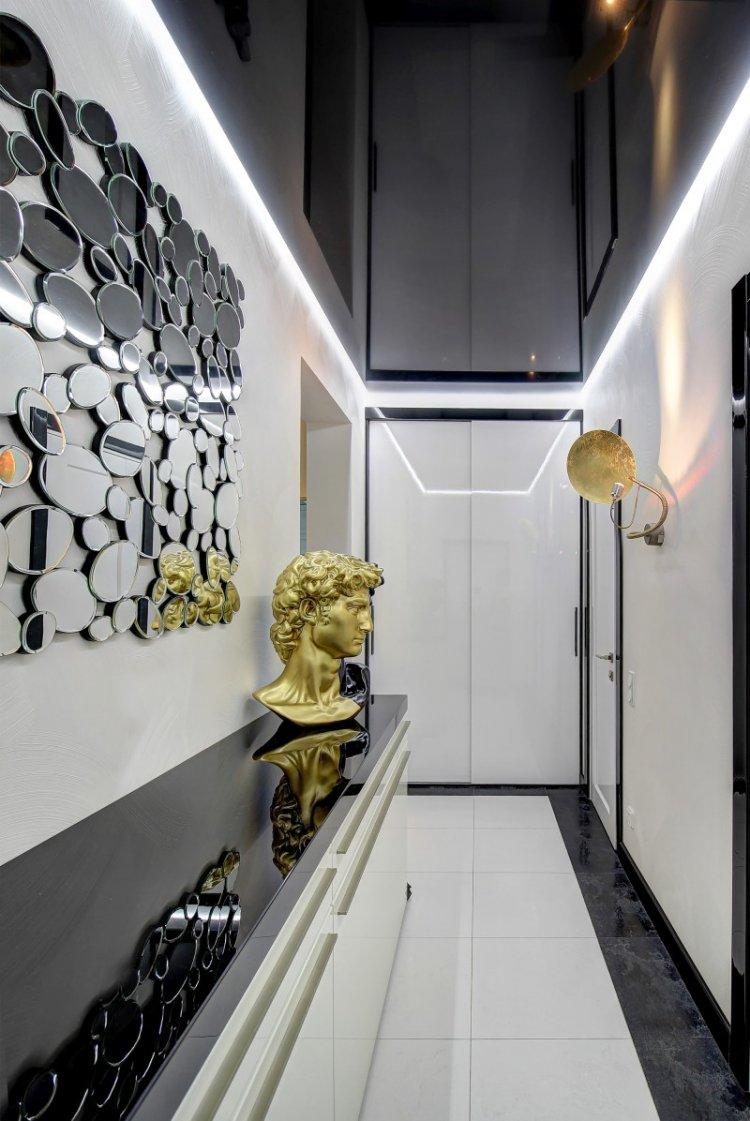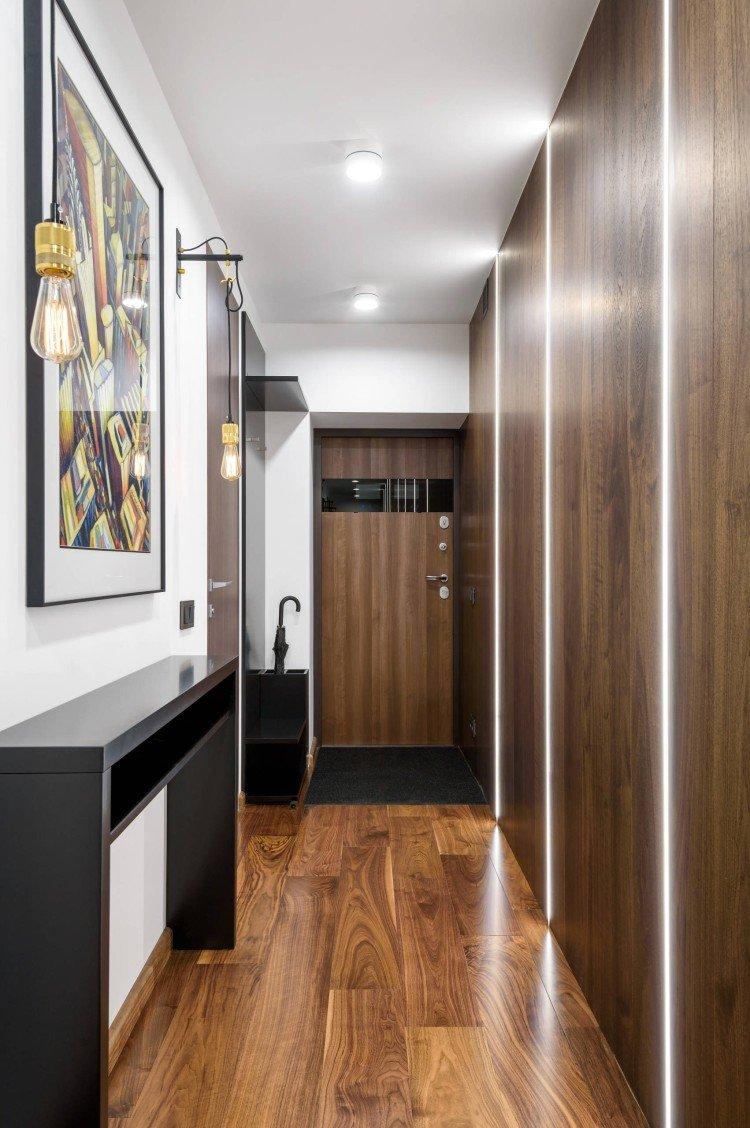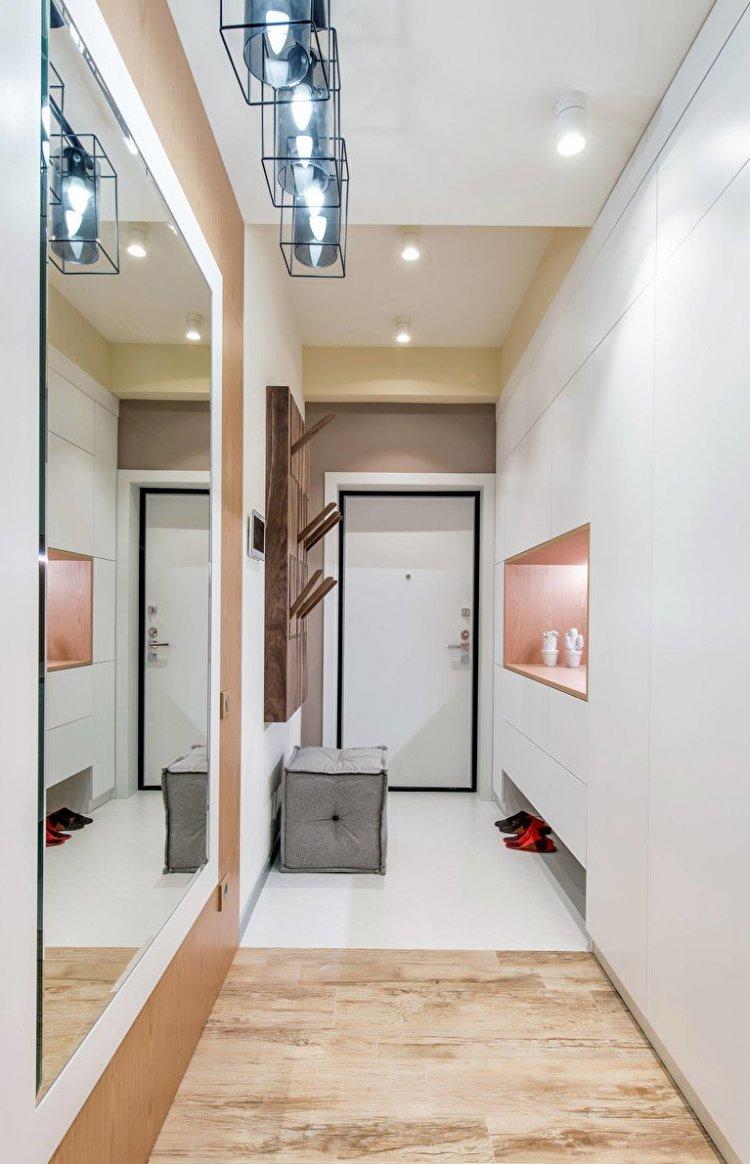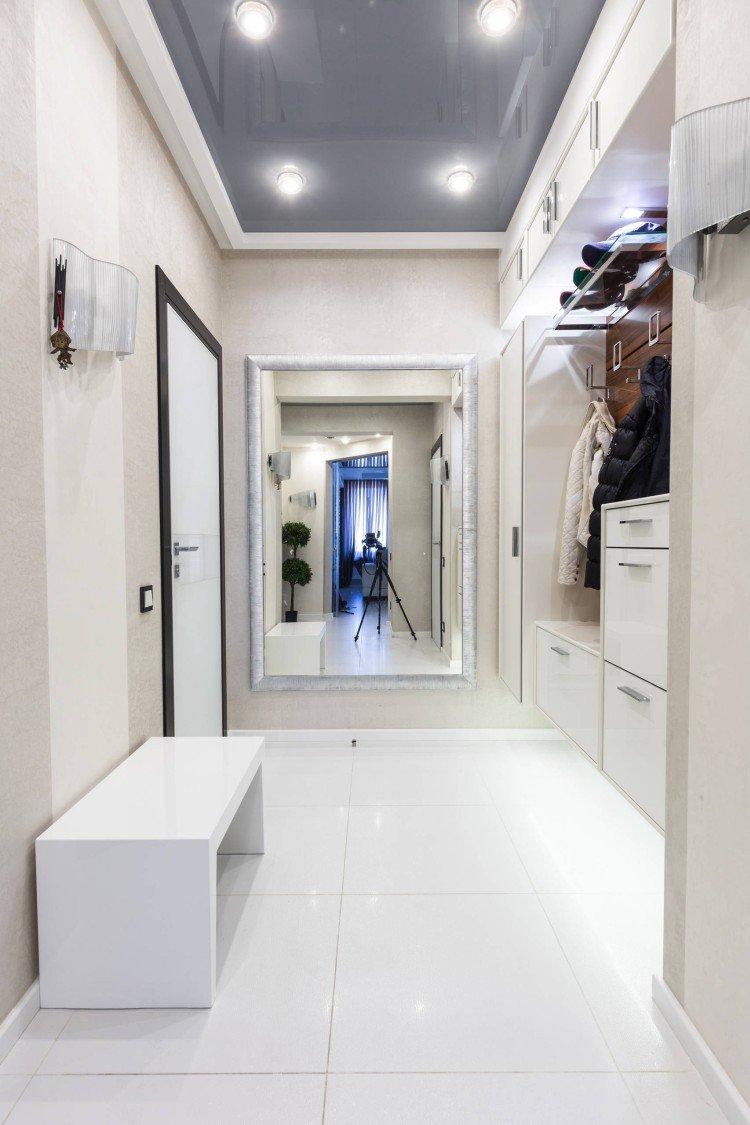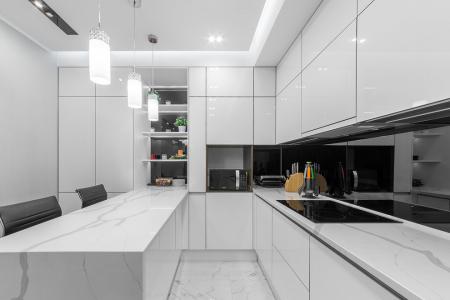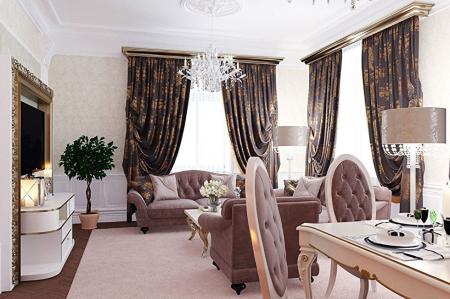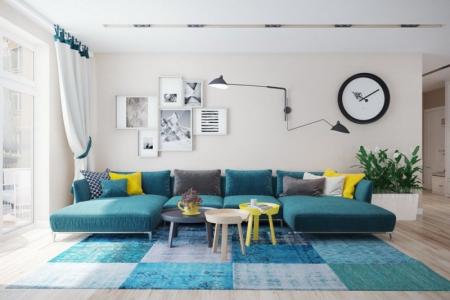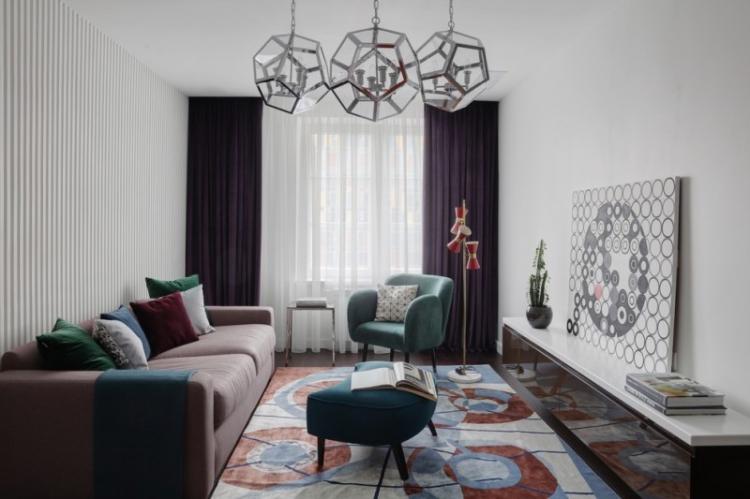
Contemporary can rightfully be called one of the most versatile contemporary styles in interior design. It is good in the bedroom, bathroom and even in the office. Manufacturability, practicality, minimalism, elegance and classic precision of details - all this intersects in contemporary style. Interesting? We tell the details!
History and origin of the style
Contemporary style was born in the middle of the 20th century in the post-war years on the basis of minimalism, Scandinavian trends and echoes of fashionable constructivism. Spacious houses were replaced by small apartments, and it was necessary to furnish them functionally, but tastefully. And at the same time combine simple mass-produced items of the same type with design research.
Contemporary managed to look simple and laconic, but at the same time modern. The features and trends of different interiors intersected in it, but it was a restrained eclecticism, completely focused on functionality. The concept was massively promoted by the followers of the Bauhaus school, who popularized affordable and convenient things for the general public.
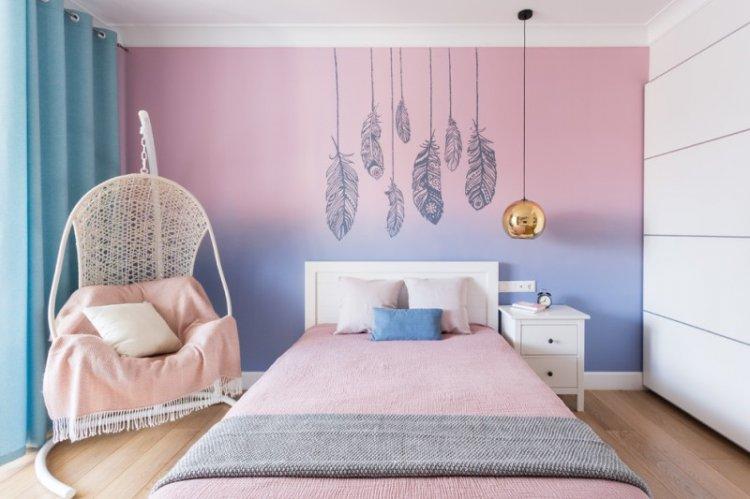
Color solutions
Contemporary interiors are made in calm neutral colors - as simple and discreet as possible. This is especially valuable in large, busy cities with their rhythm of life - at least nothing annoys at home. Black, white, beige, taupe - all this perfectly complements the functional modern style.
Black and white gamut
Black and white and all shades of gray are a win-win combination that allows you to experiment with textures and accents. Such interiors are quite austere and laconic, but at the same time very stylish. The combination of glossy and matte surfaces looks especially impressive, which sometimes looks much more impressive than bright color spots.
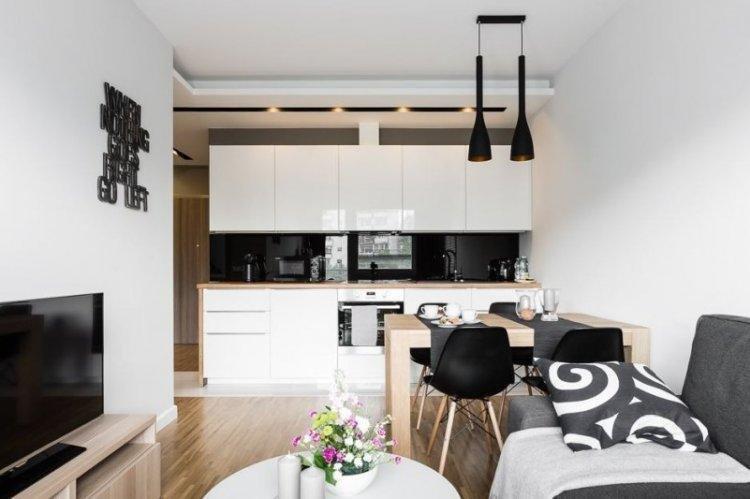
Beige and brown range
If you prefer warmer and more homely interiors, look at beige and brown tones. This is a legacy of the classics, which turned into trends along with real wood and natural textiles. More sophisticated shades of sand, ivory, wenge or dark walnut add nobility and personality.
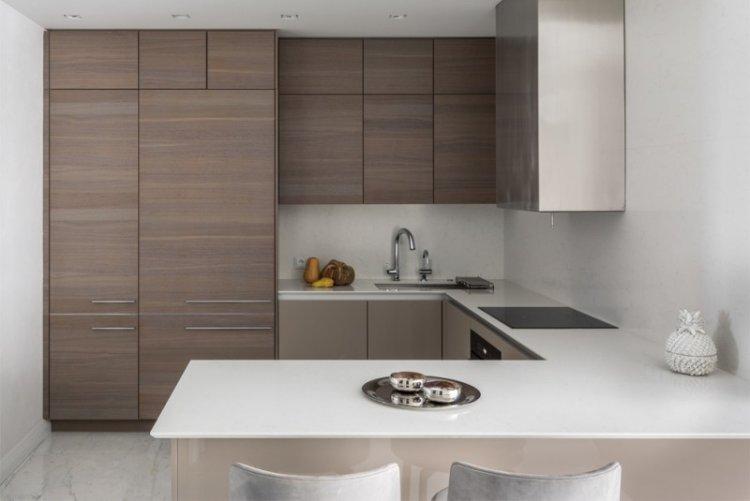
Bright accents
Contemporary accents are the same deliberately simplified: small details instead of large spots. Use pure and rich natural shades - red, green, yellow, blue, orange. Or deeper and more classic variations of them - burgundy, emerald, mustard, sapphire.
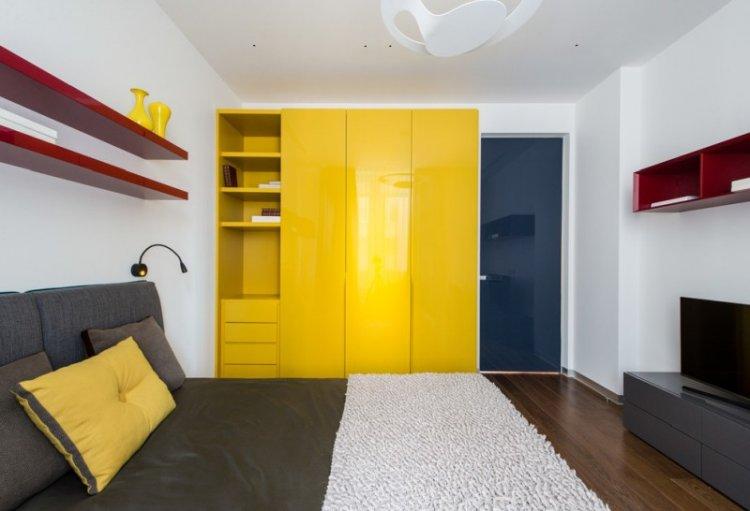
Materials and design
Contemporary still enjoys such popularity largely due to the fact that it allows you to combine new materials with solutions of bygone times. There are no strict canons and restrictions on the choice of materials, there is no need to reinvent the wheel with designer furniture. The main principle is spontaneous neighborhood, and it is fully reflected in the combination of at first glance incompatible finishes.
Floor finishing
A safe bet for contemporary interiors is the simplest wood floor. You don't even need expensive artistic parquet made from precious woods. A fairly large budget board and minimal processing.
A functional interior ideally includes practical and affordable modern laminate flooring. Pay attention to tiles, artificial stone or porcelain stoneware. In some cases, self-leveling floors will come in handy, but it is better to refuse carpets, complex mosaics and overly decorative solutions.
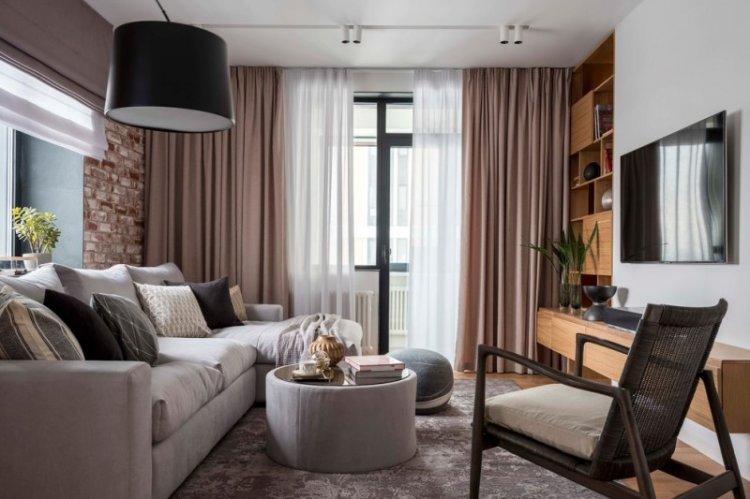
Wall decoration
For walls in contemporary art, the most basic and generally available materials with a smooth monochromatic texture are most often used. The usual paint in white, gray or other restrained colors is enough.Accents, niches, columns, complex plasterboard structures - all this is not at all necessary.
Wallpaper in modern interiors is used less often - yet they are less practical. Things are a little better with non-woven or vinyl - they can be washed and repainted at your discretion. But in any case, choose a coating without complex patterns, ornaments or volumetric textures.
Tiles are used in wet rooms, but they are also as simple as possible. Instead of playing with color, experiment with different sizes, shapes and types of masonry. But more complex materials, such as wood panels, fiberglass or textured plaster in contemporary art, are rare guests.
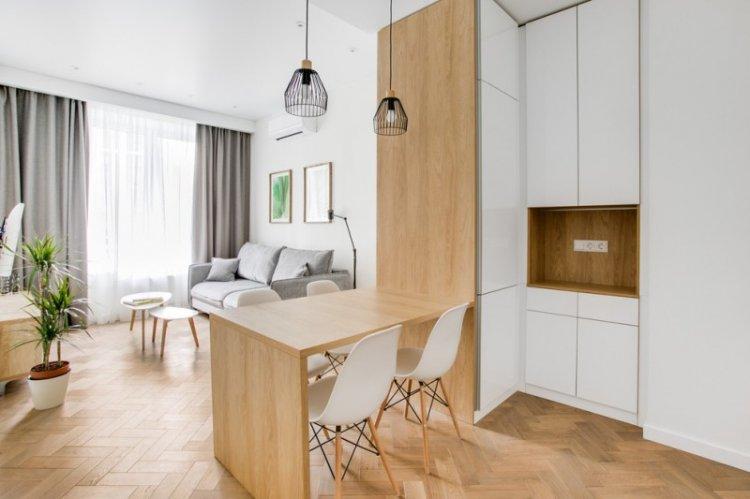
Ceiling design
The stylistics allows you to combine any materials, but at the same time, simplicity is at the heart. Complex curly plasterboard structures are rarely used here, but the usual whitewashing of an even base will be quite useful. To visually enlarge the room and add light, use glossy PVC stretch canvases, which create an interesting contrast to the classic wood floor.
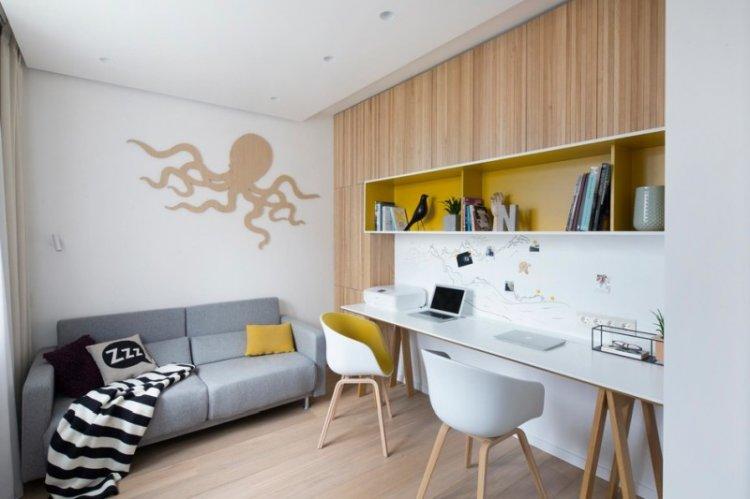
Contemporary furniture
The flow tends to simple lines and shapes, laconic factory furniture and original play on the most banal solutions. You can safely take the simplest furniture set from the mass market and give it individuality through expressive materials or color accents.
Contemporary furniture is as spacious as possible, but at the same time compact. Multifunctional solutions, transformers and modern storage systems are welcome. For example, a folding bedside table that turns into a spacious dining table. Or modular headsets, the blocks of which can be moved or rearranged as needed.
A modernized wall would be appropriate, where a writing board and a workplace are immediately built in. Built-in wardrobes with pull-out sections are combined with light shelves. Soft elastic modules turn into armchairs and sofas, and a storage system is installed in the beds on high podiums.
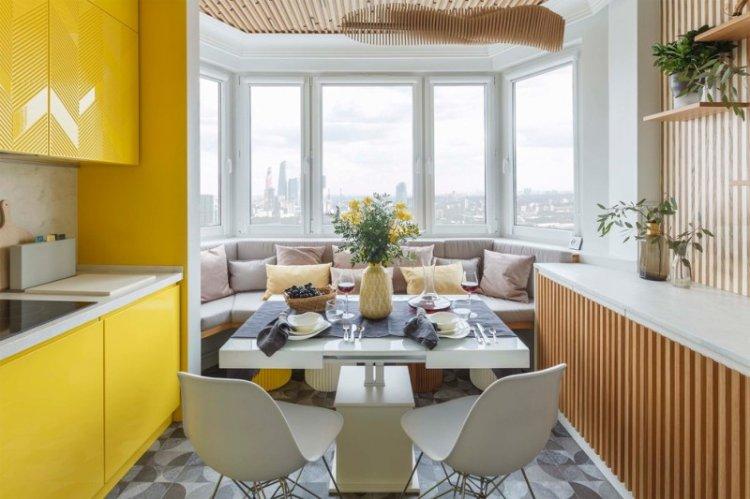
Decor and textiles
In addition to classical materials such as wood, glass, genuine leather, and stone are actively used in contemporary art. At the same time, it can be acrylic, mirrors, minimalistic metal parts, textured mixed fabrics.
Contemporary is the style where modern blackout roller shutters or classic heavy curtains look equally impressive, but without excessive decor. Tassels, flounces, hooks, ruffles and laces are inappropriate here. But bright minimalistic decorative pillows will come in handy.
The best design of a practical modern interior is fresh flowers in flowerpots and decorative compositions from succulents. Initially, all sorts of memorabilia were used for decoration, but not special purchased decor. An installation of family photographs in laconic frames, several favorite paintings of different sizes, a collection of candles would be appropriate.
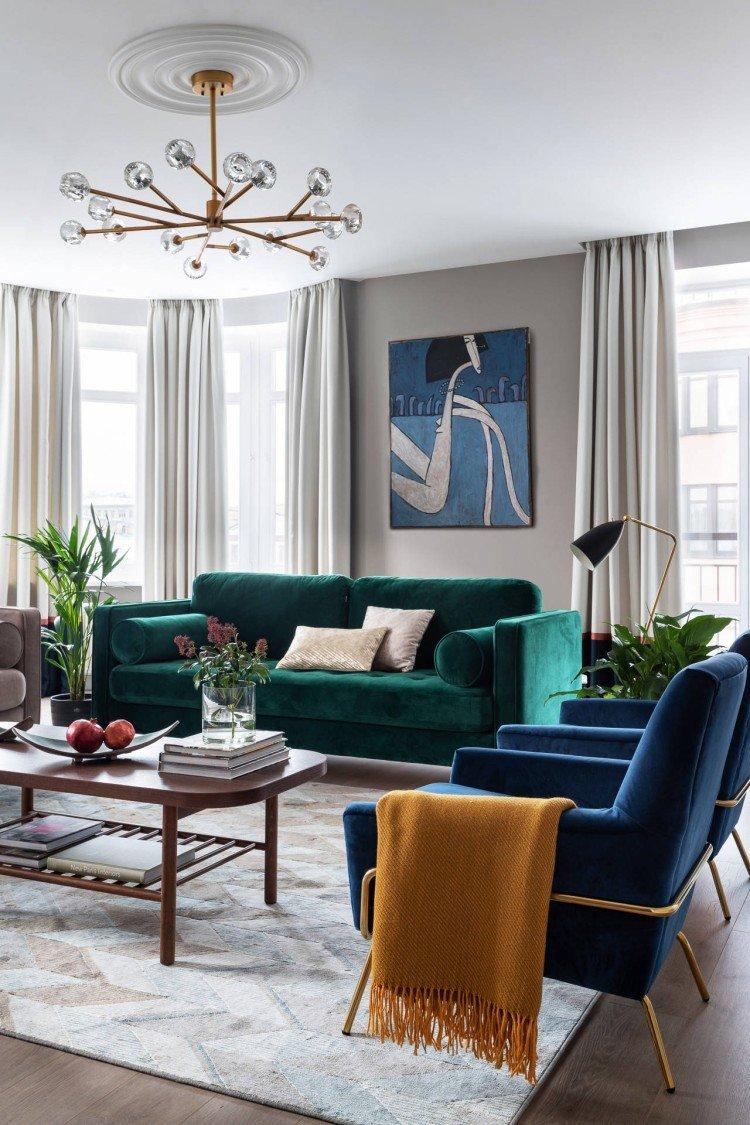
Lighting and illumination
The correct organization of lighting is one of the foundations of the style, and natural and artificial light are equally important. Massive blackout curtains only cover the windows in the bedroom, but otherwise try to avoid them. And electric lighting is always multi-level.
If there is little light in the room, use small spotlights around the entire perimeter. There is a classic central chandelier, but then its design should be laconic and modern. For balance, it is combined with hidden illumination of individual zones, shelves and niches. Sconces, floor lamps, bedside lamps and table lamps are located in functional areas.
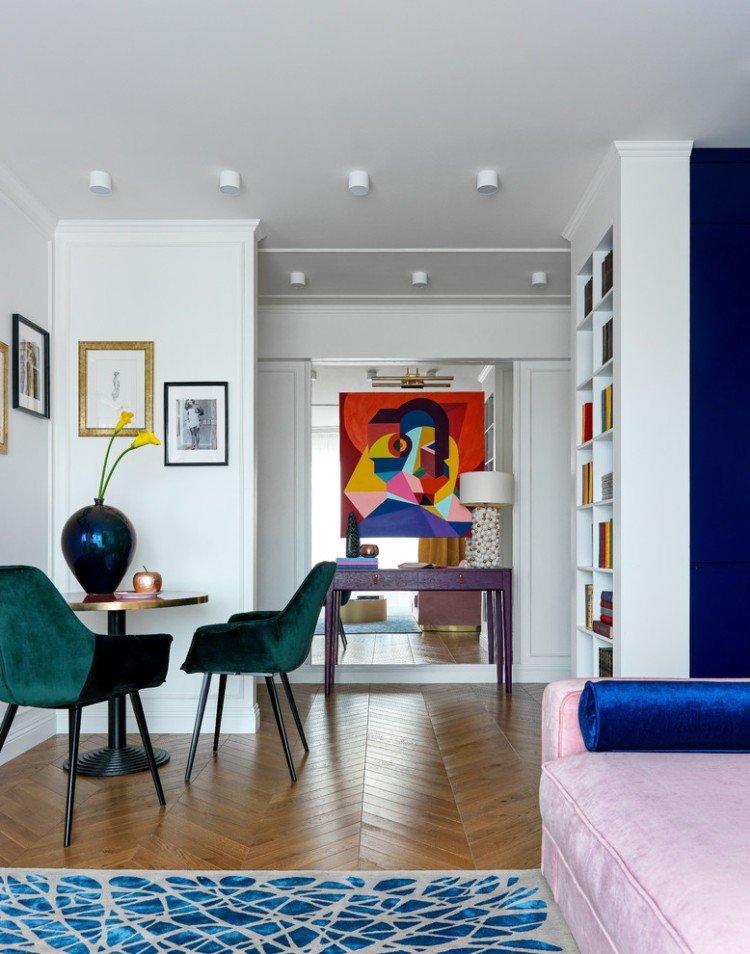
Contemporary interior design - photo
Contemporary is good because it can fit into the interior of any room. After all, initially it was born not as a whim, but as a necessity, which is why it managed to become so universal. Just take a look!
Contemporary kitchen
Functionality in the kitchen makes it easy to use. Artificial materials are unpretentious, and smooth and laminated surfaces are easy to clean from grease or stains. Colorful kitchen textiles create bright accents on a neutral background of walls and a laconic set.
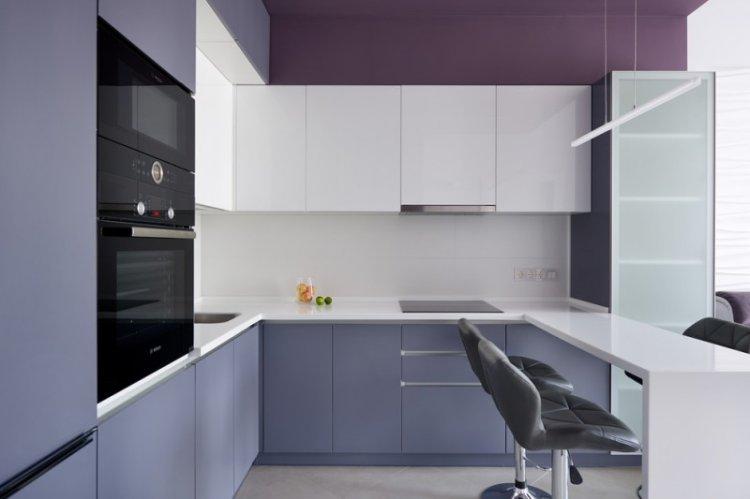
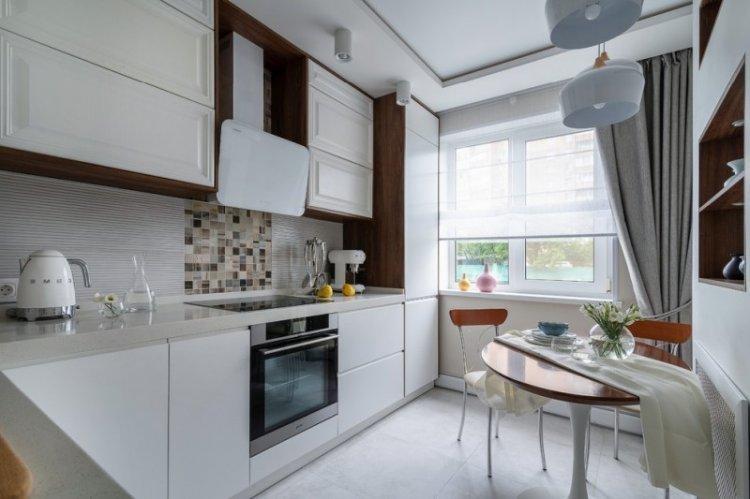
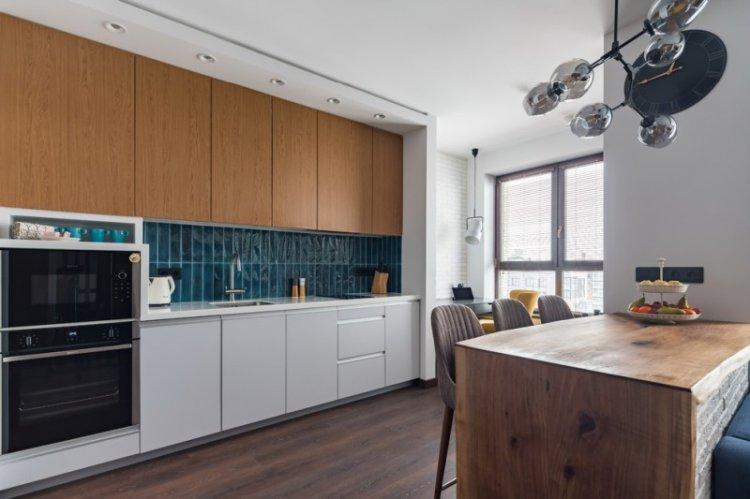
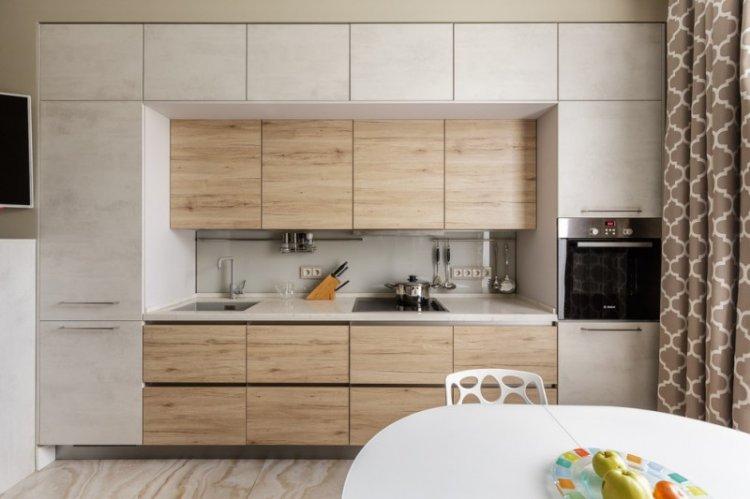
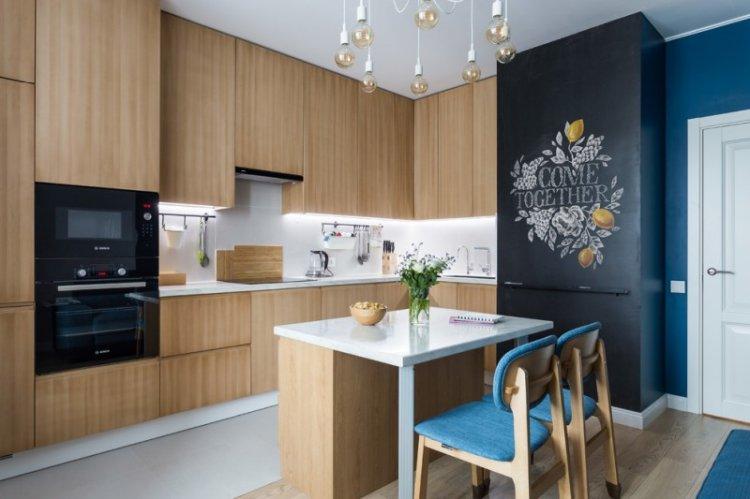
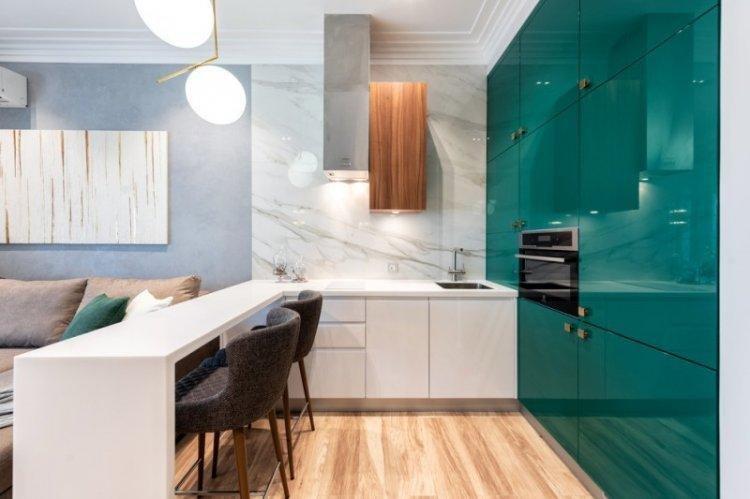
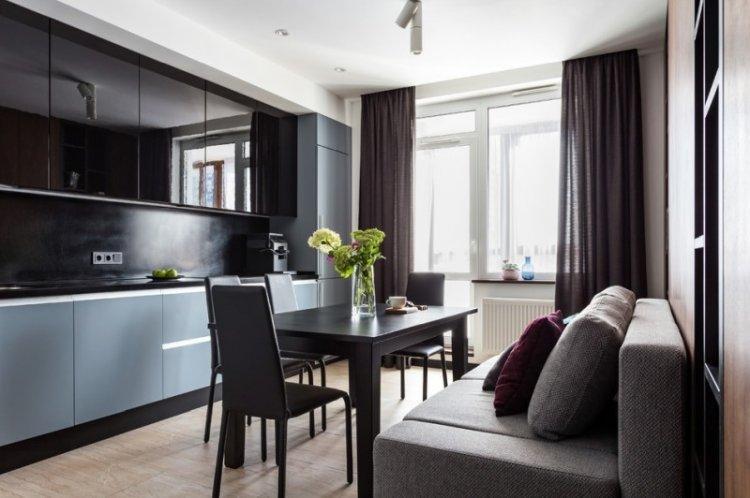
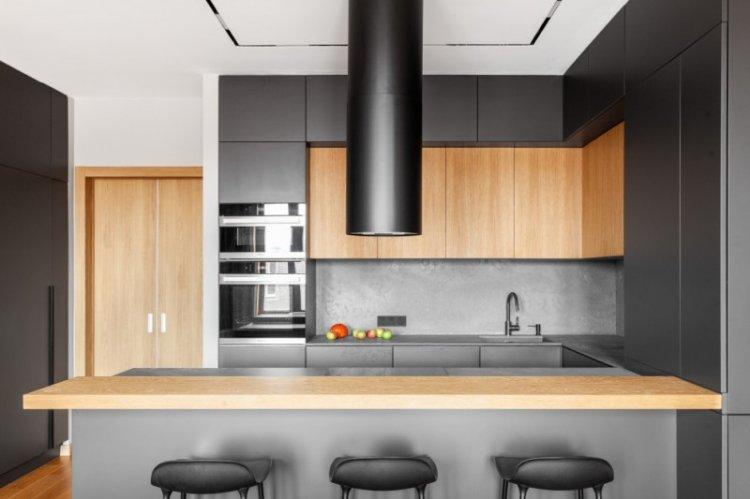
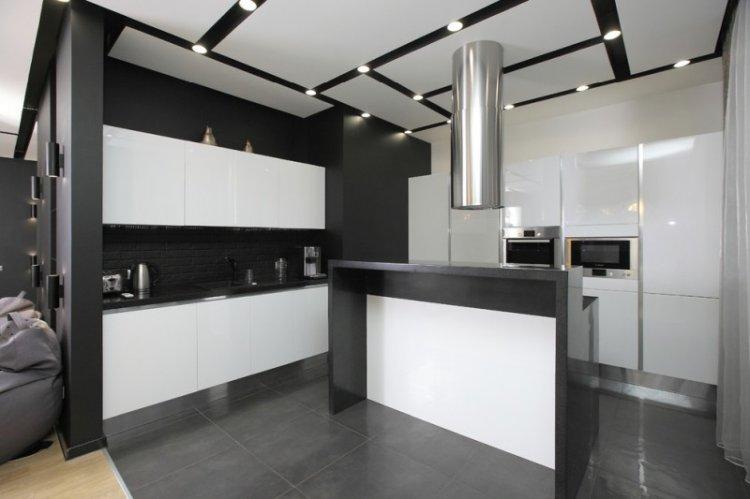
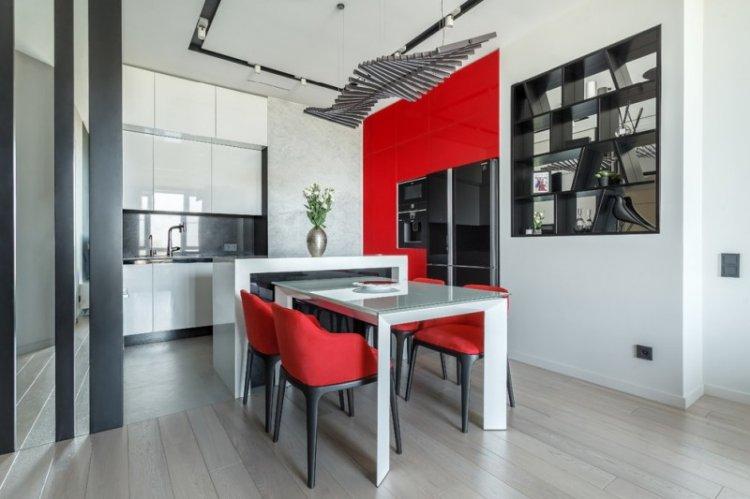
Living room in contemporary style
Contemporary in the living room is, first of all, multifunctionality. Thanks to the versatility of style, modular designs and transformers in the same room, you can hold a gala dinner party, a fun party with friends, temporarily settle relatives or equip a workplace.
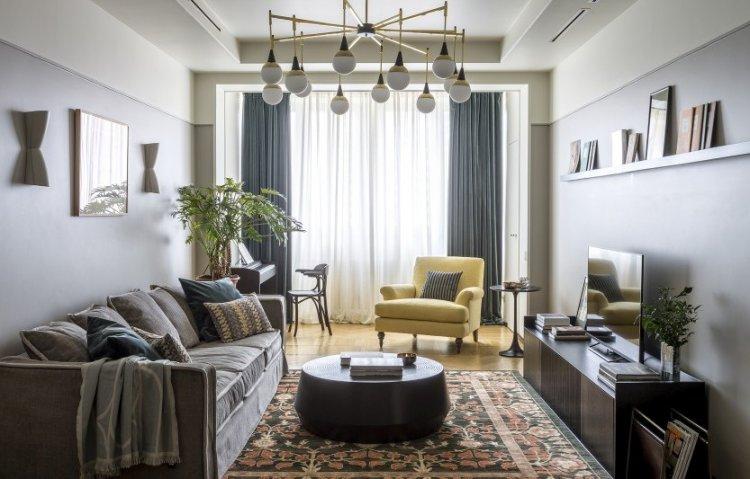
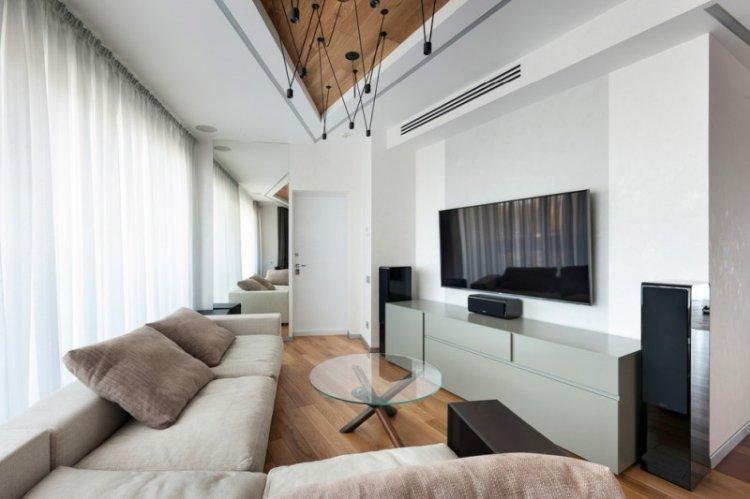
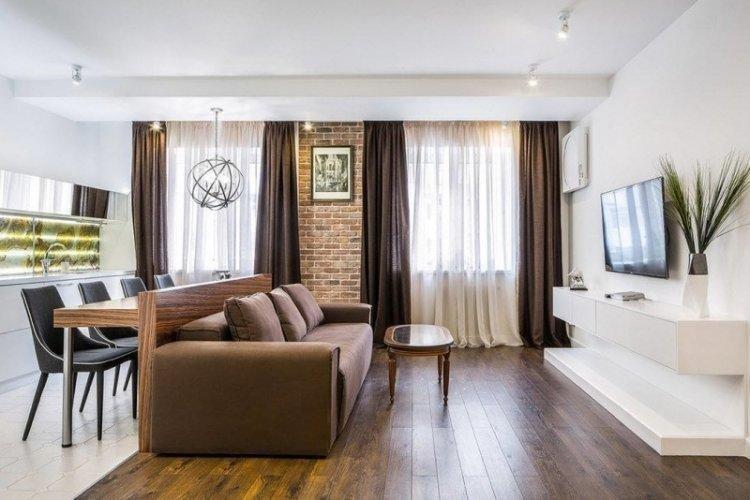
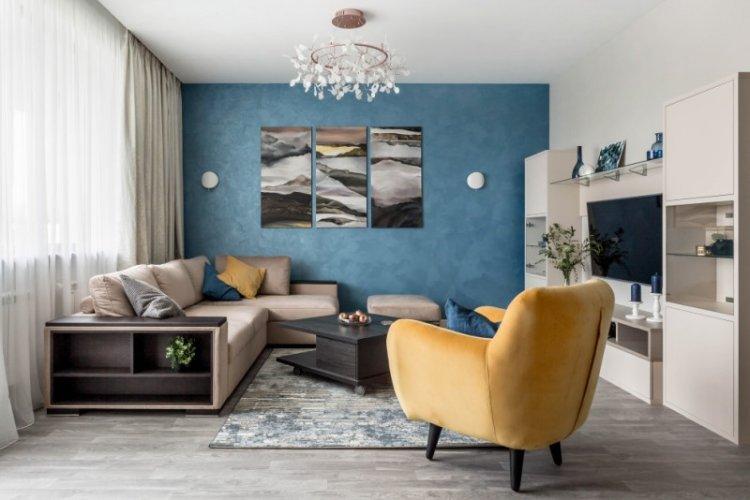
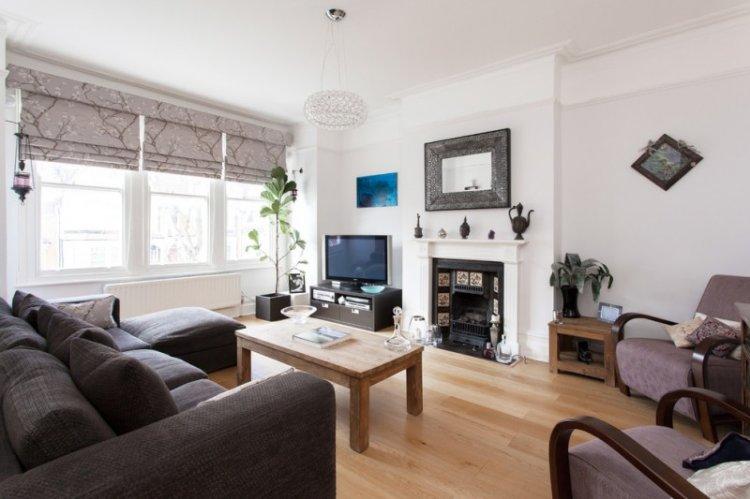
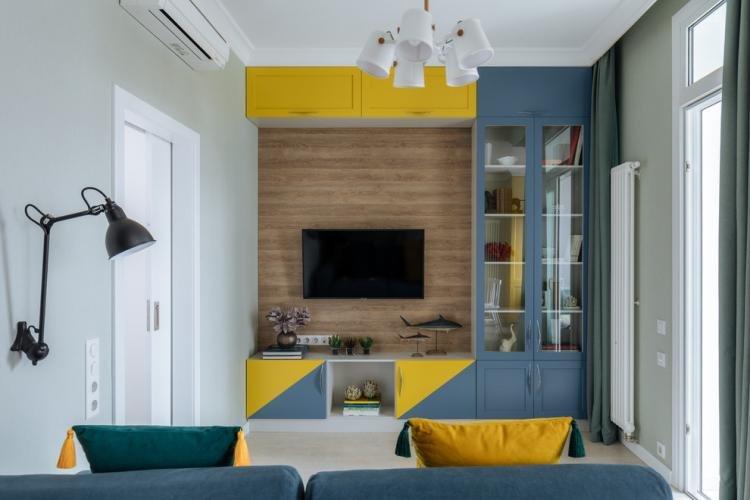
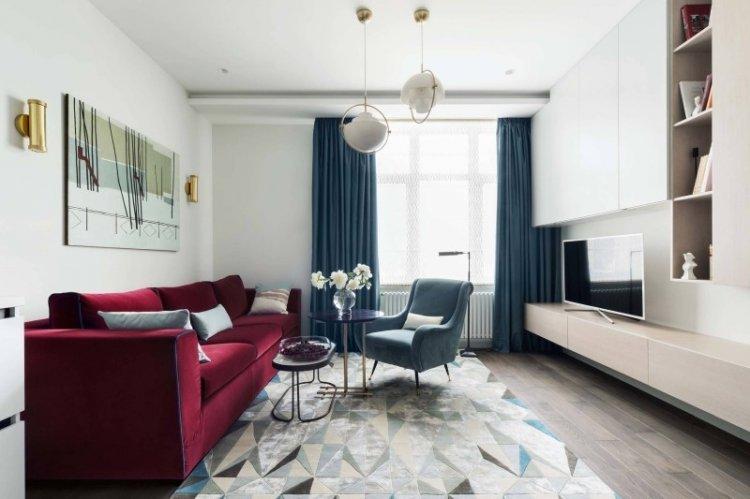
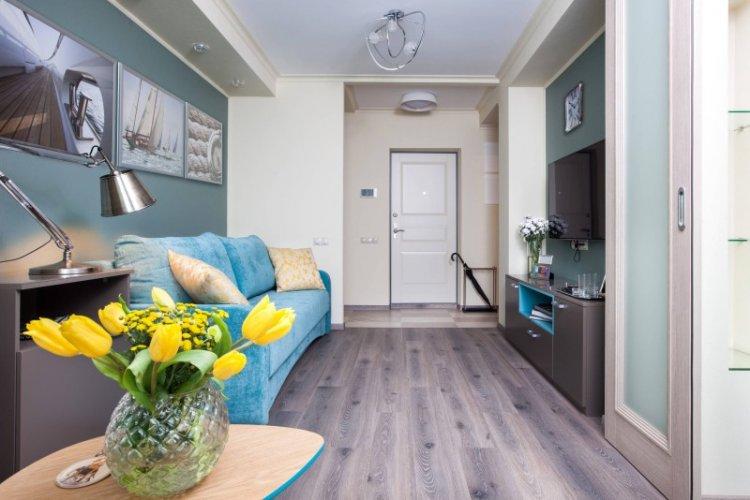
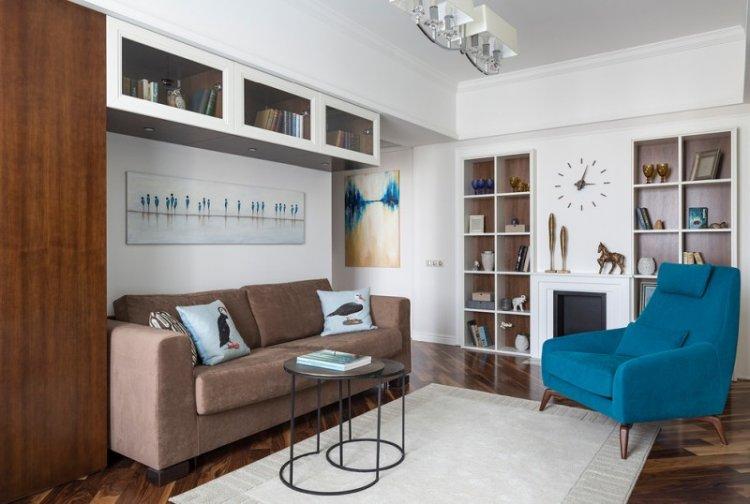
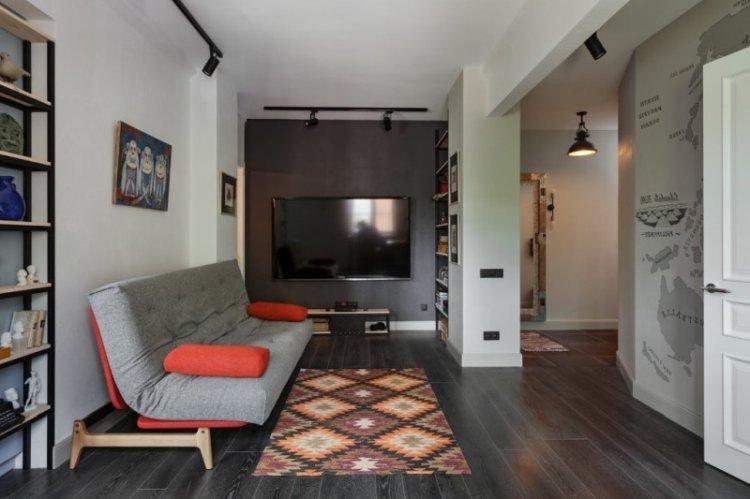
Contemporary style bedroom
In the bedroom, comfort, peace and harmony are in the first place, and few styles do the job better. Here, by the way, natural materials, textured textiles, restrained colors will come in handy. A calm interior without flashy or aggressive details will allow you to relax after a hard day.
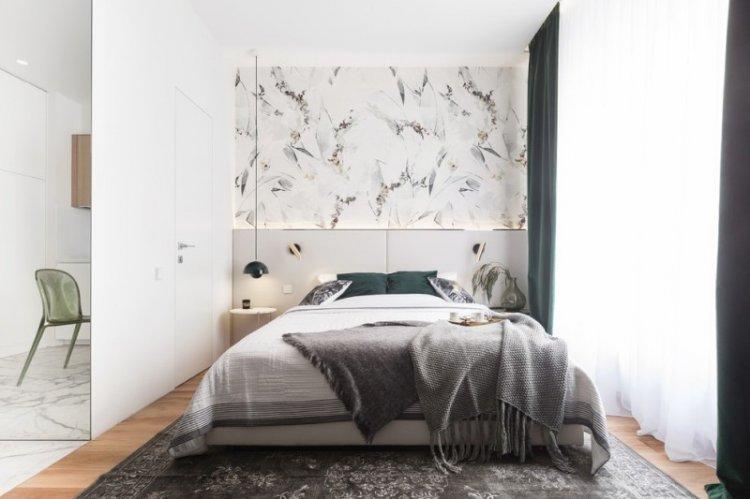
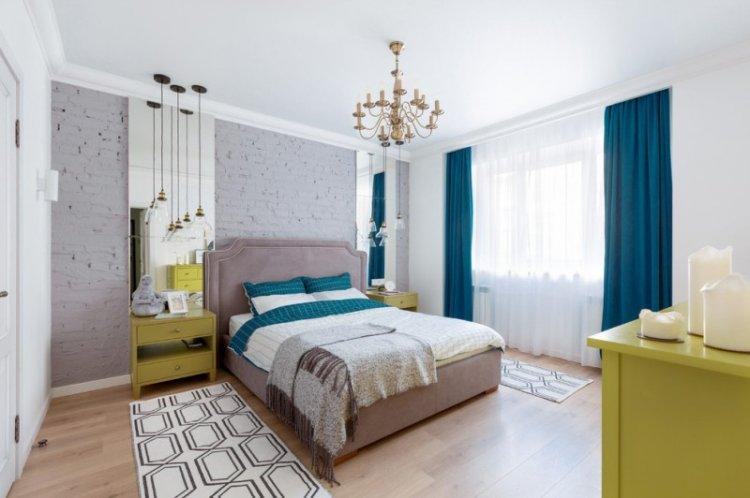
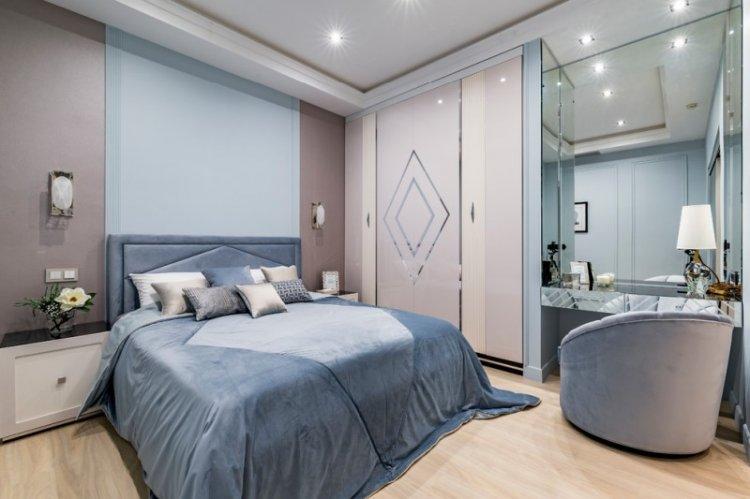
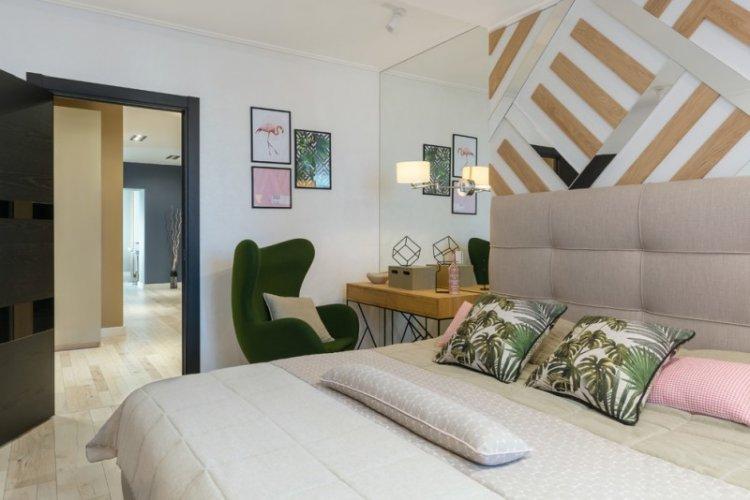
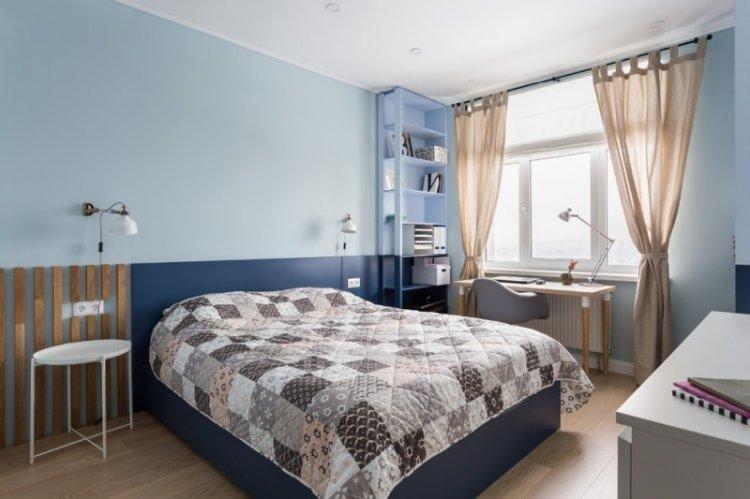
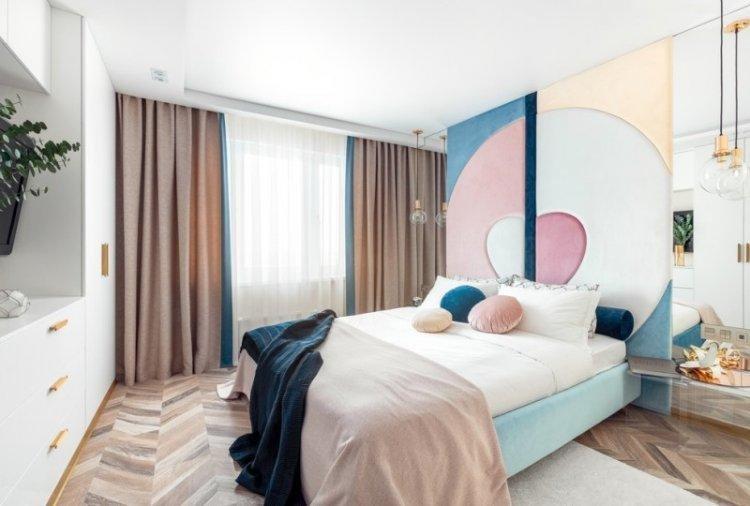
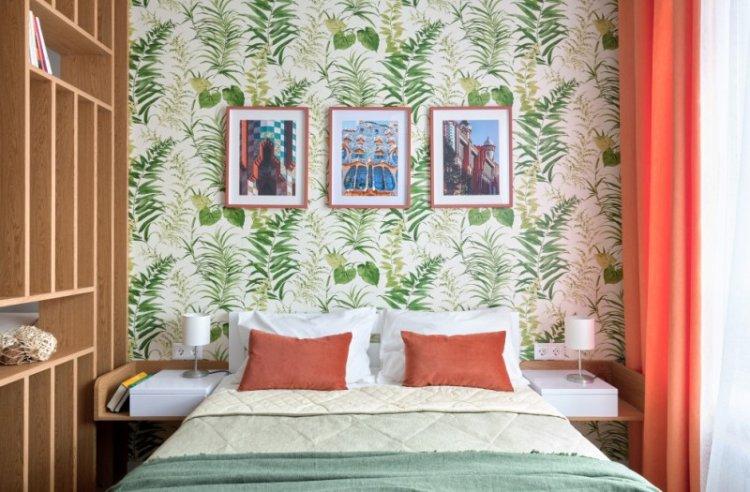
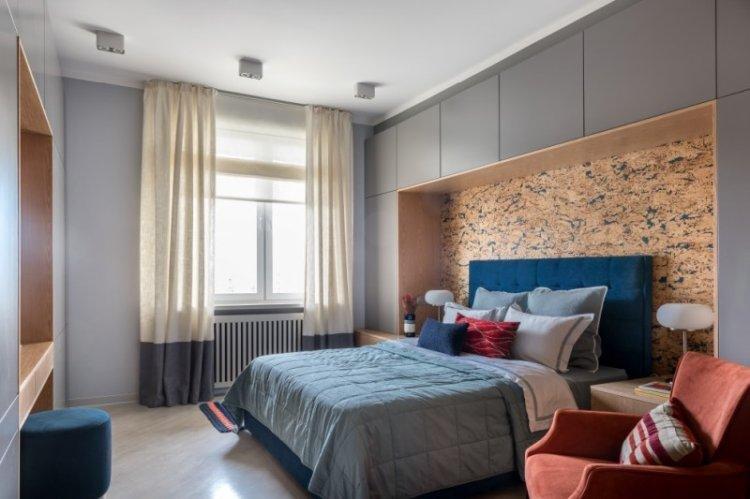
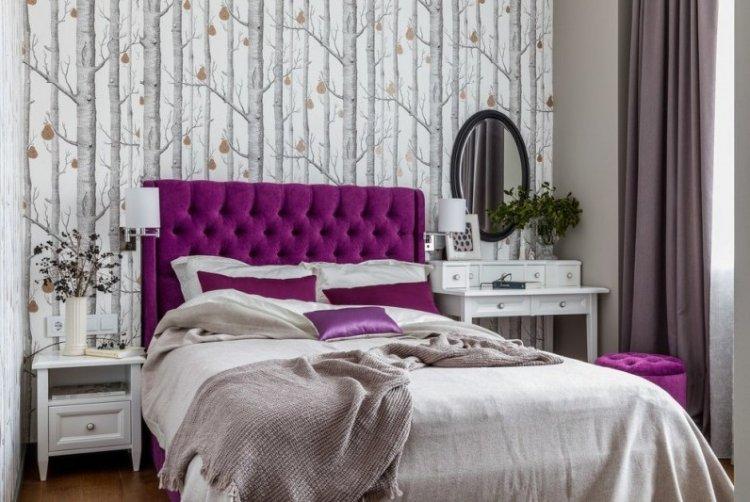
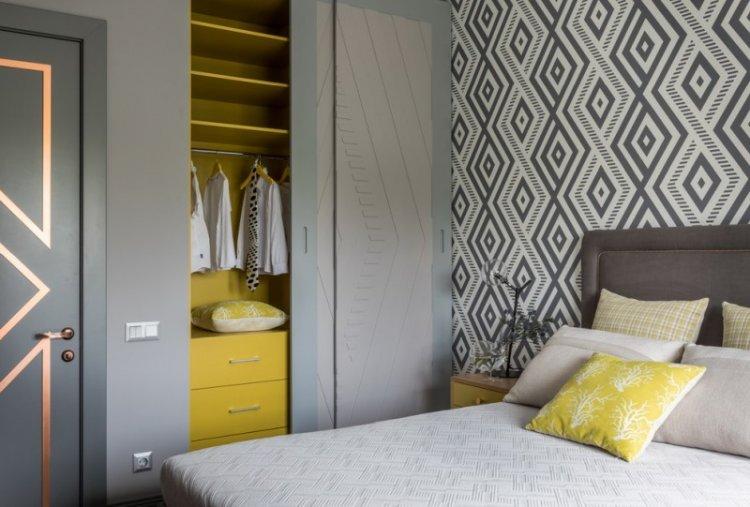
Contemporary bathroom
Typical bathrooms are difficult to turn around with designer frills. But at the same time, I still want to do something interesting, unusual and special. Of all the styles, contemporary is one of the most practical and suitable for using in the bathroom.

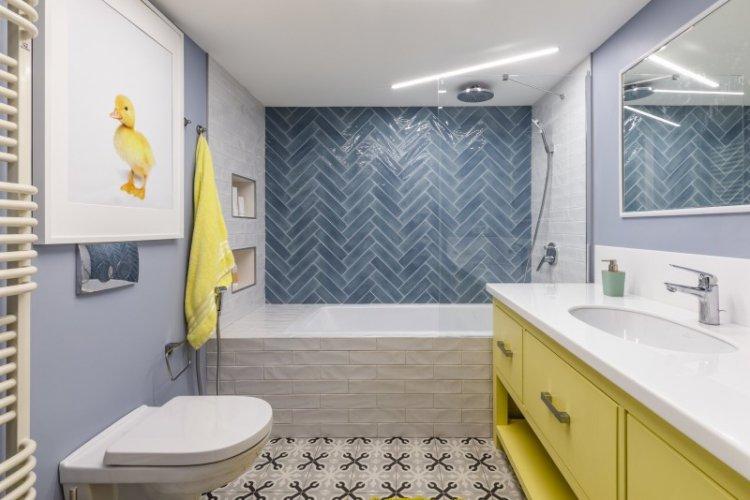
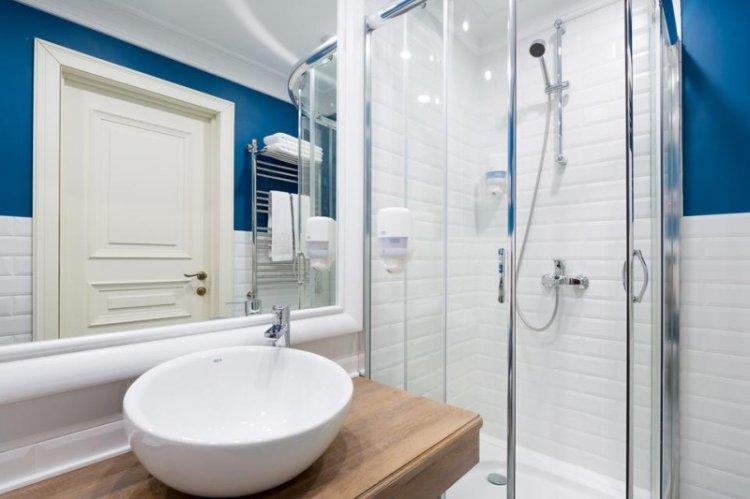
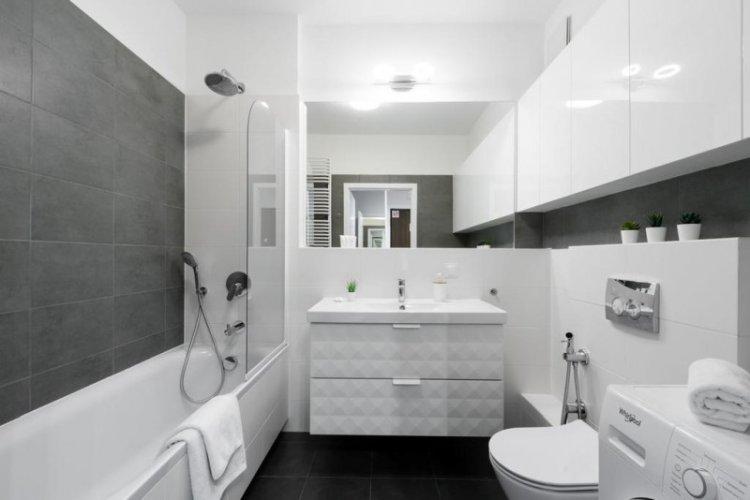
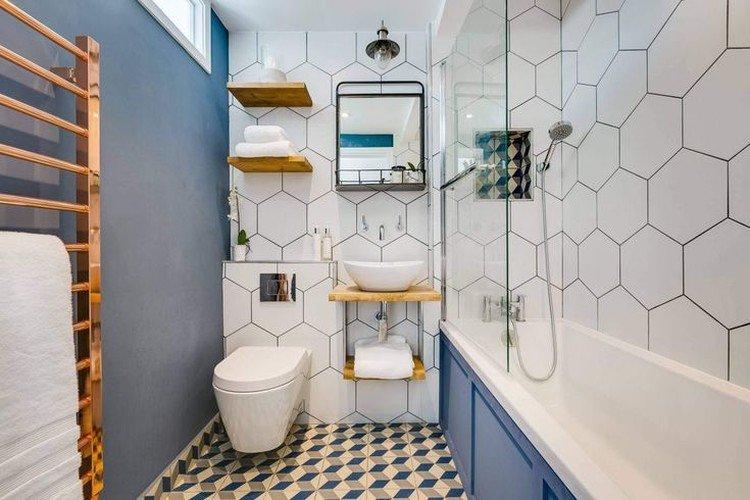
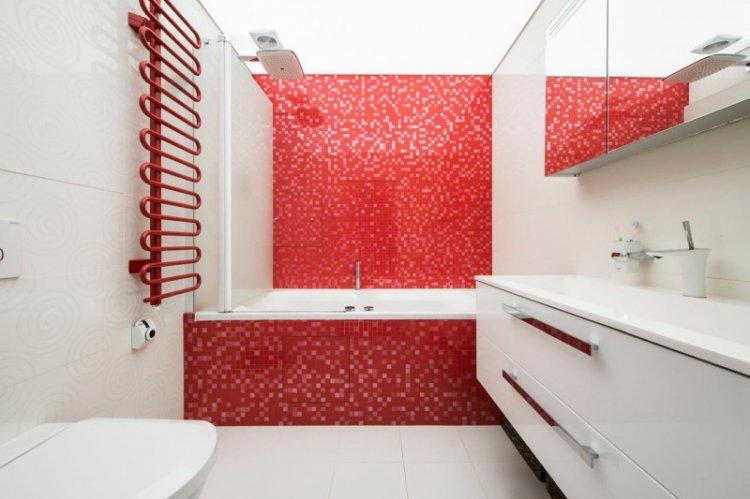
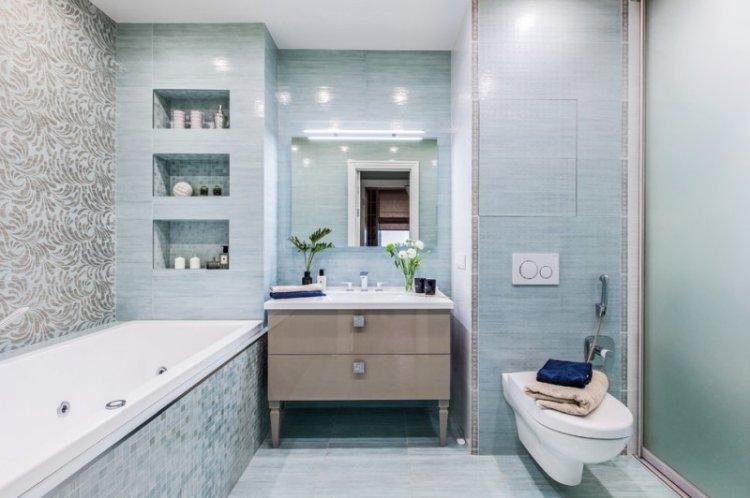
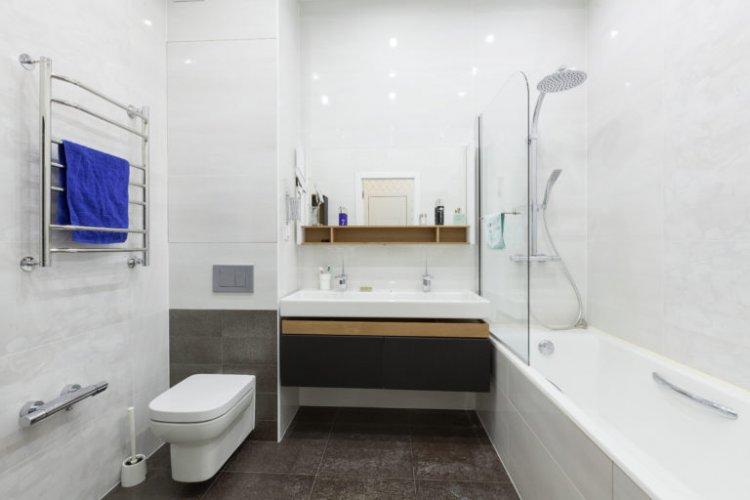
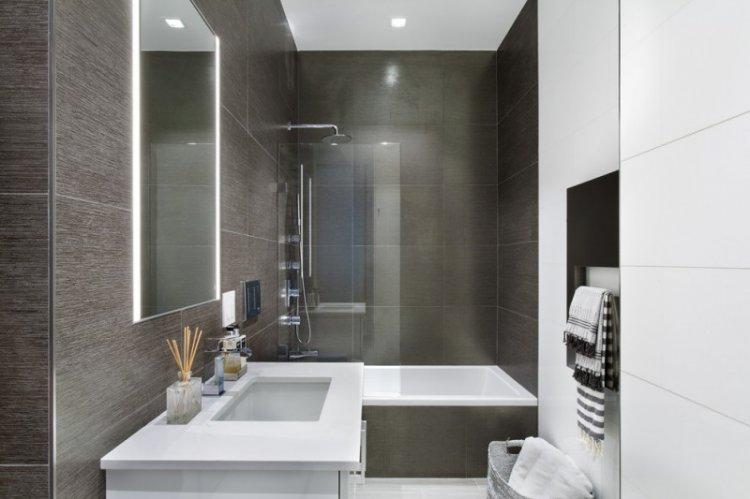

Contemporary children's room
In the nursery, minimalistic brevity is good because it is easy to adapt as the child grows up. The child's needs change quickly, and over time - also interests. The contemporary neutral base allows for cost-effective changes simply through accents and details.
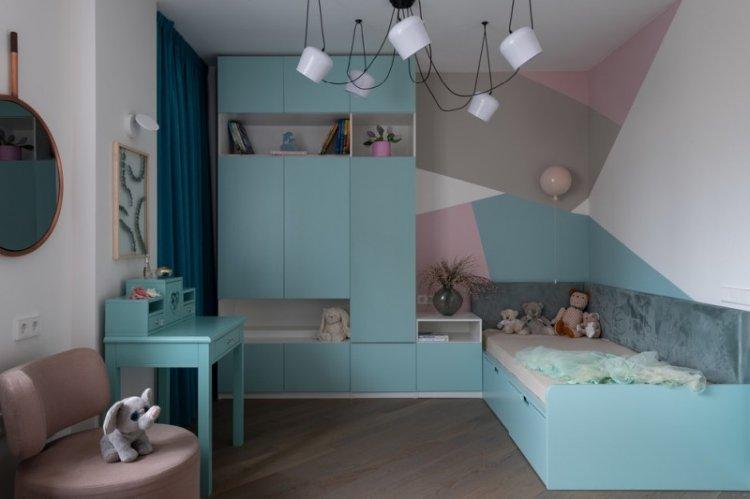
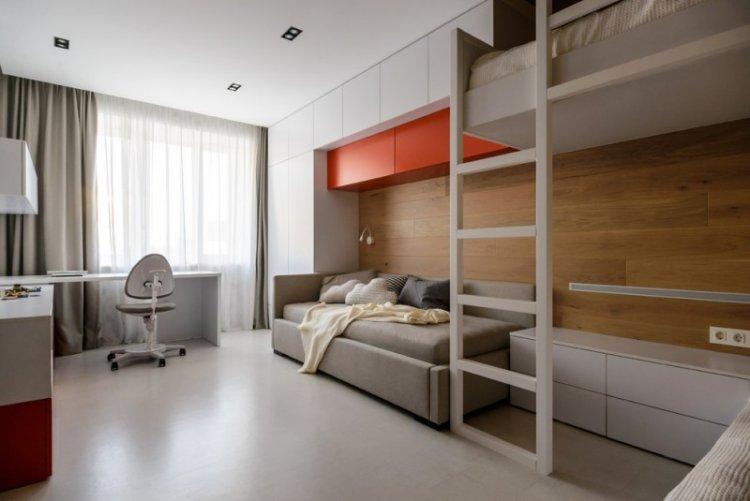
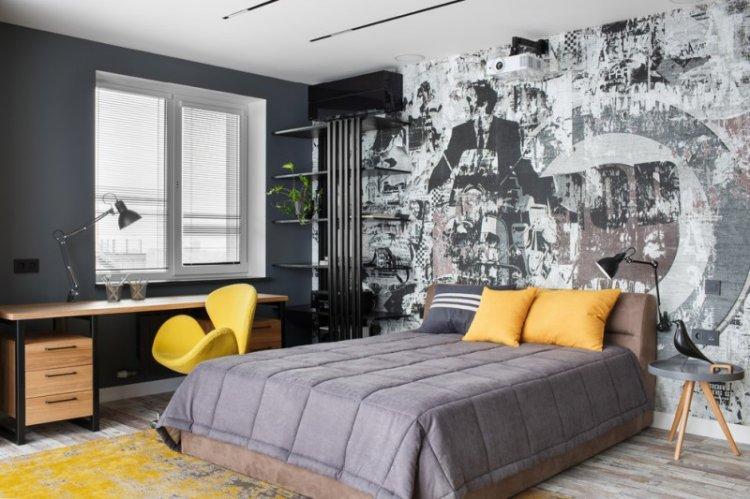
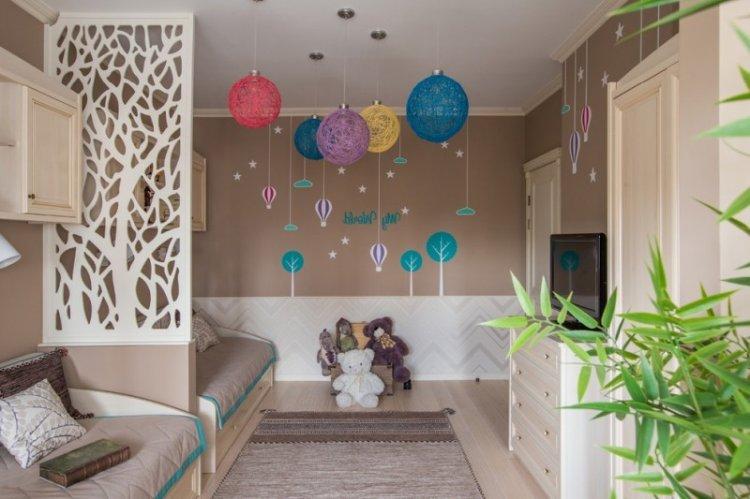
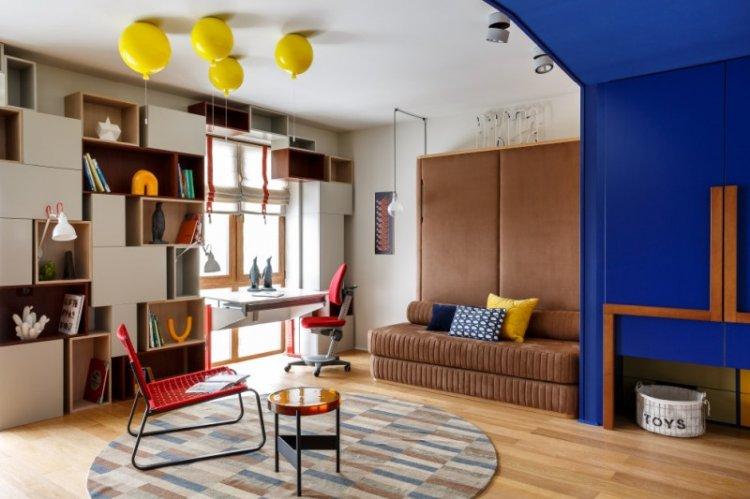
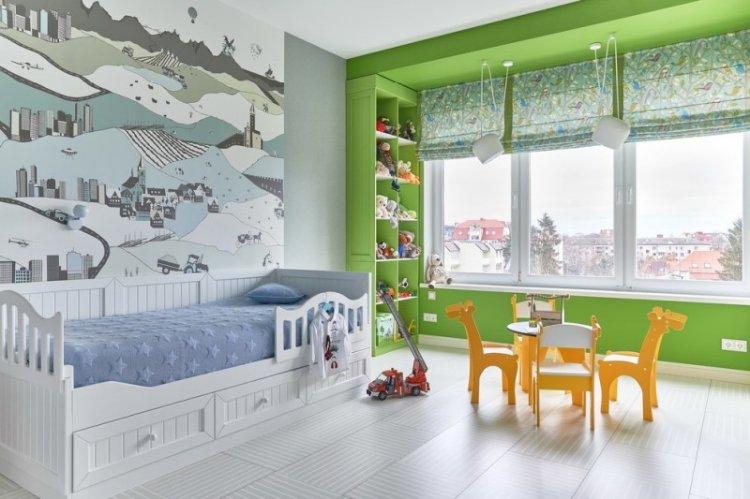
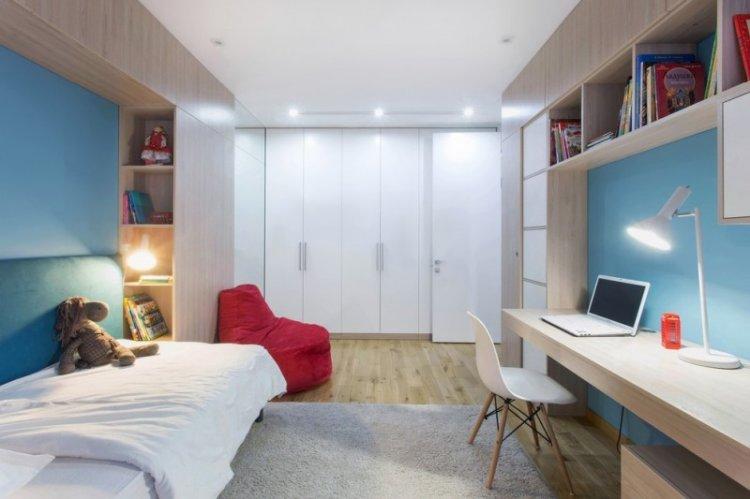
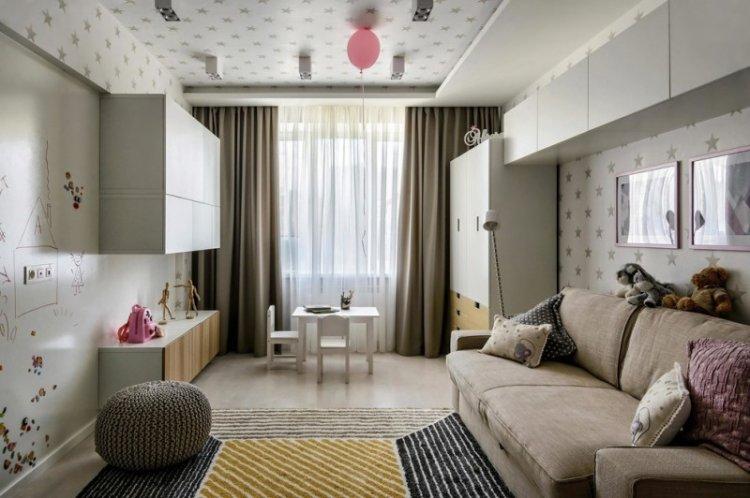
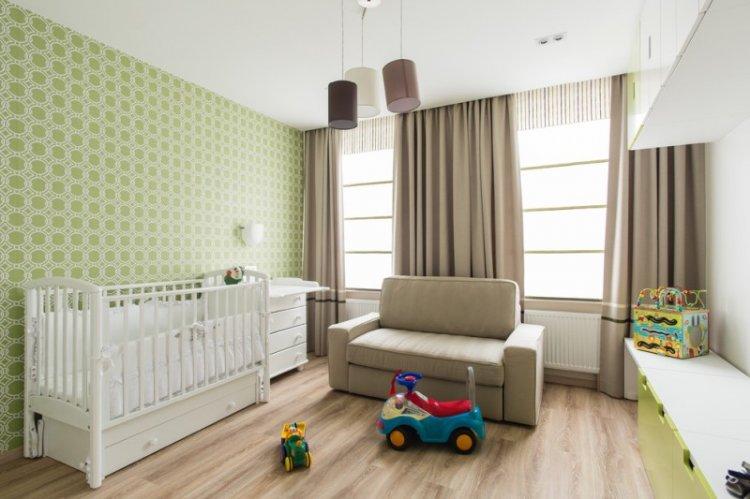
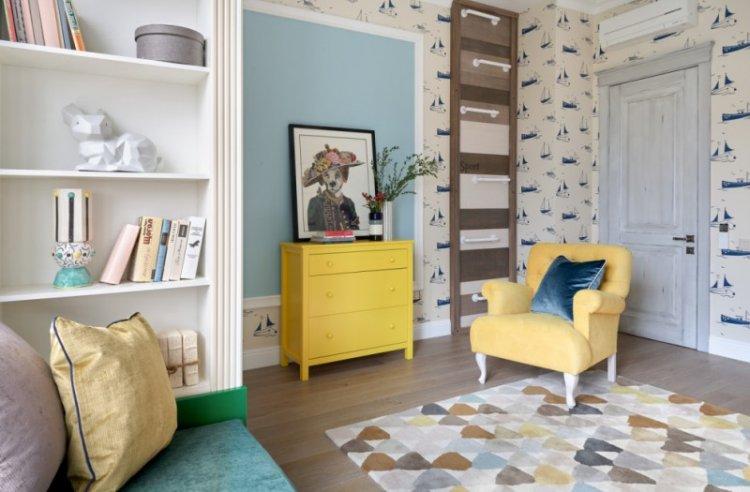
Contemporary hallway and corridor
The most common hallway problem in typical apartments is the lack of space and light. This partly compensates for the light, simple and discreet interior with its multifunctional furnishings. Built-in wardrobes and modern pull-out, hidden and modular storage systems will be especially appropriate here.
